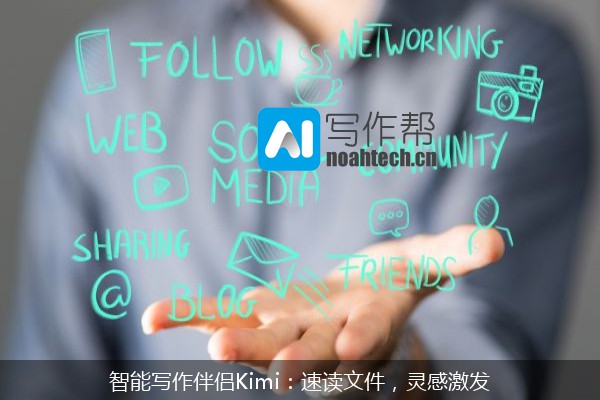
In the realm of artificial intelligence (AI), advancements continue to blur the lines between human creativity and machine capabilities. One such breakthrough is the ability of AI systems to generate long-form text, be it a scintillating novel, a thought-provoking essay, or even a complex technical report. This narrative explores the phenomenon of AI-generated long texts and delves into the implications, challenges, and potential of this revolutionary technology.
**The Birth of AI Text Generation**
The genesis of AI text generation can be traced back to the early 1950s when AI was first conceptualized. However, it wasnt until the advent of deep learning and natural language processing (NLP) techniques in the late 2000s that significant progress was made in this field. The development of recurrent neural networks (RNNs), particularly long short-term memory (LSTM) networks and transformer architectures like GPT (Generative Pre-trained Transformer), have ushered in an era where AI can produce coherent and sometimes even poetic texts.
**The Technical Underpinnings**
At its core, AI text generation relies on deep learning models that have been trained on vast datasets of textual information. These models learn to recognize patterns in language and can generate new text based on learned patterns. For instance, GPT-3, a state-of-the-art model developed by OpenAI, is capable of generating coherent paragraphs, pages, and even entire stories based on a simple prompt.
**The Process of Generation**
The process of generating a long text can be broken down into several steps:
1. **Pre-training**: The AI model is first pre-trained on a massive corpus of text data, typically billions of words. This training helps the model learn the underlying structure and nuances of the language.
2. **Prompting**: The user provides a brief input or ”prompt” that serves as the starting point for text generation. This could be a single word, a sentence, or even a short paragraph.
3. **Sampling**: The model then generates text based on the prompt by sampling from its learned probability distribution. This involves selecting the most likely next word or phrase to continue the text.
4. **Refinement**: The generated text can be refined through techniques like top-k sampling or beam search to improve coherence and reduce the likelihood of generating nonsensical or repetitive text.
**The Applications**
The potential applications of AI-generated long texts are vast and varied:
1. **Creative Writing**: AI can assist writers in generating ideas, crafting plots, and even writing entire novels. While it may be challenging to create truly original works using AI, it can certainly help with the drafting process.
2. **Content Creation**: In fields like journalism, marketing, and advertising, AI-generated content can help generate engaging articles, blog posts, and social media captions quickly and efficiently.
3. **Technical Documentation**: For technical writers, AI can generate detailed user manuals, software documentation, and even code comments based on predefined templates or examples.
4. **Academic Research**: Researchers can use AI to generate literature reviews, research papers, and even grant proposals based on their specific research needs and requirements.
**The Challenges and Limitations**
Despite its potential, AI text generation is not without its challenges and limitations:
1. **Creativity vs. Copying**: While AI can generate coherent text, it struggles with truly creative or original content. Much of what it produces can appear derivative or plagiarized if not properly vetted for uniqueness.
2. **Bias and Fairness**: Like all machine learning models, AI text generators can inherit biases from their training data, leading to potentially unfair or discriminatory outputs.
3. **Human Interference**: While AI can generate vast amounts of text autonomously, it often requires human intervention for refinement and quality control. This can be time-consuming and labor-intensive.
4. **Ethical Considerations**: The use of AI for text generation raises ethical concerns about the role of technology in creative processes and the potential impact on human jobs.
**The Future of AI Text Generation**
As AI continues to evolve, so too will its capabilities in text generation. Advances in transformer architectures and larger datasets will likely lead to more nuanced and contextually aware text generation. Additionally, the integration of reinforcement learning and interactive feedback mechanisms may enable AI to generate more interactive and responsive texts over time.
Moreover, as society becomes more comfortable with the role of AI in creative processes, we may see a greater convergence between human and machine-generated content, leading to new forms of collaborative creativity. Ultimately, the future of AI text generation holds promise for enhancing productivity, fostering innovation, and opening up new avenues for artistic expression. However, it is crucial that we navigate this territory with caution, considering both its potential and the ethical implications of our technological advancements.
AI写作助手 原创文章,如若转载,请注明出处:http://noahtech.cn/list/xiezuo/25729.html











